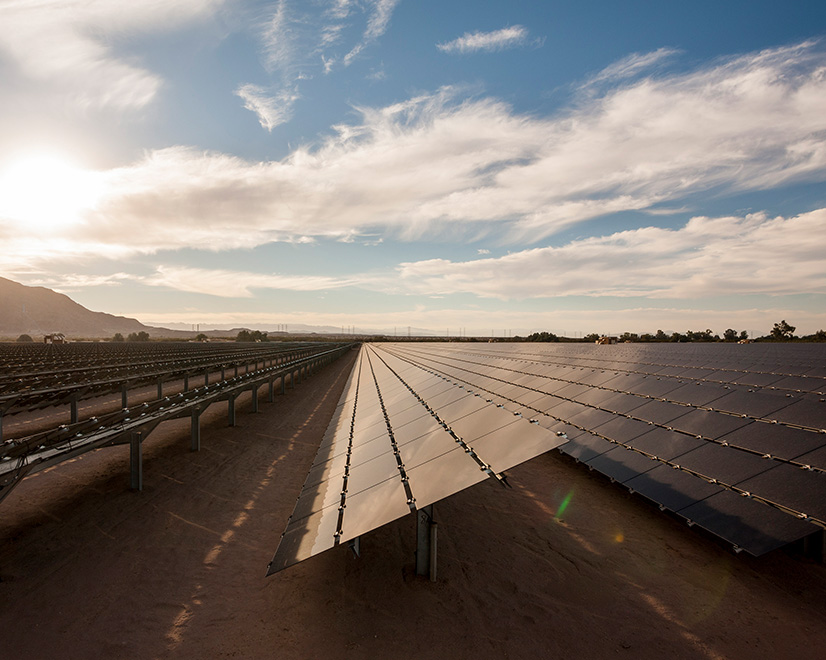
California’s push toward 100% clean energy by 2045 will require building solar arrays, wind farms and other infrastructure on more than 1,270 square miles of in-state land, an area about the size of the cities of Los Angeles, San Diego and San Francisco combined.
Scott Flint, manager of renewable energy policy and planning at the California Energy Commission, on Thursday told leaders of the CEC, the California Public Utilities Commission and CAISO that utility-scale solar arrays will cover the largest share of that area at nearly 600,000 acres to accommodate 85 GW of new generation and storage by 2045.
Wind farms will require more than 200,000 acres for 5,000 MW of capacity, and geothermal plants will take up almost 12,000 acres for 2,300 MW. The total area needed for new renewables is 813,319 acres, Flint said.
The CEC has been developing maps that show optimal locations for the resources along with protected lands, prime farmland and areas important for biodiversity, Flint said.
The goal is to make that information readily available to CAISO for long-term transmission planning and to other state agencies responsible for siting generating resources.
“For purposes of the ISO’s 20-year transmission look, we are going to hand them a map,” Flint said. “This map will help them in deciding where to assign resources.”
Most solar arrays will likely be built in the Mojave Desert, areas of the San Joaquin Valley and its surrounding hills that are less desirable for farming, and on the Carrizo Plain, a vast flat valley traversed by the San Andreas Fault in Central California.
Wind turbines must be scattered around the state in wind-prone areas such as the North Coast and Tehachapi Mountains.
The process of acquiring and building on so much land is rife with the potential for conflicts with farmers, environmentalists, the state and federal governments and local communities, Flint acknowledged. Mapping potential zones of conflict and off-limits areas in advance will help avoid long legal battles.
“It helps to accelerate the overall process of deployment,” he said.
Thursday’s resource build workshop was the third in a series of joint sessions intended to determine the requirements for generation, transmission and land needed to meet the mandates of Senate Bill 100. The landmark 2018 measure, signed by then-Gov. Jerry Brown, requires the state’s load serving entities to serve retail customers with 60% renewable energy by 2030 and 100% carbon-free energy by 2045.
Prior workshops and reports found California needs to triple its in-state generating capacity and embark on a program of transmission construction to meet the ambitious mandates. (See Calif. Needs New Tx for 100% Clean Energy and Calif. Must Triple Capacity to Reach 100% Clean Energy.)
The state must build 6 GW of new generation per year — compared with the 1 GW it built in 2019 — for each of the next 25 years, a report by the CEC, the CPUC and the California Air Resources Board found.


